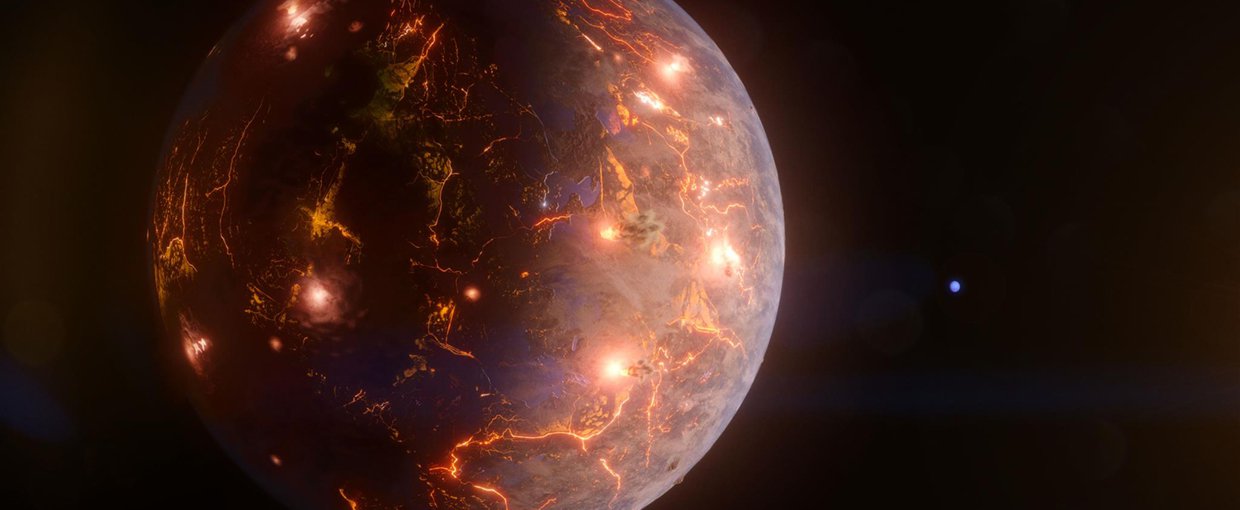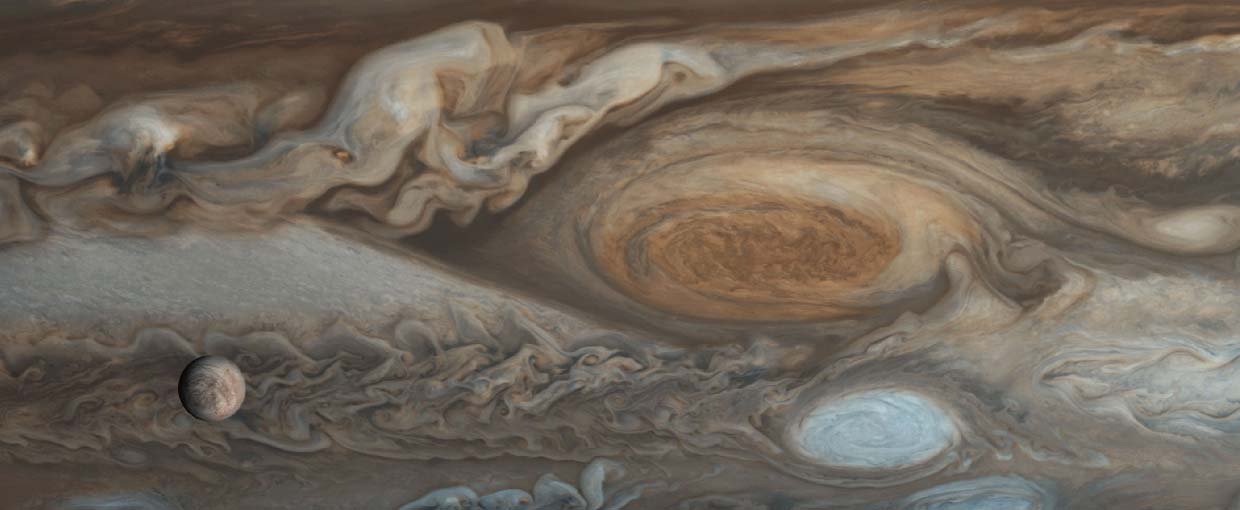Mellon, S. N., Mamajek, E. E., Stuik, R., Zwintz, K., Kenworthy, M. A., J. Talens, G. J., … Ireland, M. J. (2019). Bright Southern Variable Stars in the bRing Survey. The Astrophysical Journal Supplement Series, 244(1), 15. doi:10.3847/1538-4365/ab3662
Nesvorný, D., Vokrouhlický, D., Stern, A. S., Davidsson, B., Bannister, M. T., Volk, K., … Alexandersen, M. (2019). OSSOS. XIX. Testing Early Solar System Dynamical Models Using OSSOS Centaur Detections. The Astronomical Journal, 158(3), 132. doi:10.3847/1538-3881/ab3651
Pascucci, I., Mulders, G. D., & Lopez, E. (2019). The Impact of Stripped Cores on the Frequency of Earth-size Planets in the Habitable Zone. The Astrophysical Journal, 883(1), L15. doi:10.3847/2041-8213/ab3dac
Ren, B., Choquet, É., Perrin, M. D., Duchêne, G., Debes, J. H., Pueyo, L., … Norman, C. (2019). An Exo–Kuiper Belt with an Extended Halo around HD 191089 in Scattered Light. The Astrophysical Journal, 882(1), 64. doi:10.3847/1538-4357/ab3403
Gilleaudeau, G. J., Romaniello, S. J., Luo, G., Kaufman, A. J., Zhang, F., Klaebe, R. M., … Anbar, A. D. (2019). Uranium isotope evidence for limited euxinia in mid-Proterozoic oceans. Earth and Planetary Science Letters, 521, 150–157. doi:10.1016/j.epsl.2019.06.012
Lopez, A., Albino, D., Beraki, S., Broomell, S., Canela, R., Dingmon, T., … Amend, J. P. (2019). Genome Sequence of Mariprofundus sp. Strain EBB-1, a Novel Marine Autotroph Isolated from an Iron-Sulfur Mineral. Microbiology Resource Announcements, 8(39), None. doi:10.1128/mra.00995-19
Liang, R., Lau, M., Baars, O., Robb, F. T., & Onstott, T. C. (2019). Aspartic acid racemization constrains long-term viability and longevity of endospores. FEMS Microbiology Ecology. doi:10.1093/femsec/fiz132
Cornell, C. E., Black, R. A., Xue, M., Litz, H. E., Ramsay, A., Gordon, M., … Keller, S. L. (2019). Prebiotic amino acids bind to and stabilize prebiotic fatty acid membranes. Proceedings of the National Academy of Sciences, 116(35), 17239–17244. doi:10.1073/pnas.1900275116
Campbell, I. J., Bennett, G. N., & Silberg, J. J. (2019). Evolutionary Relationships Between Low Potential Ferredoxin and Flavodoxin Electron Carriers. Frontiers in Energy Research, 7, None. doi:10.3389/fenrg.2019.00079
Garcia, A. K., & Kaçar, B. (2019). How to resurrect ancestral proteins as proxies for ancient biogeochemistry. Free Radical Biology and Medicine, 140, 260–269. doi:10.1016/j.freeradbiomed.2019.03.033



